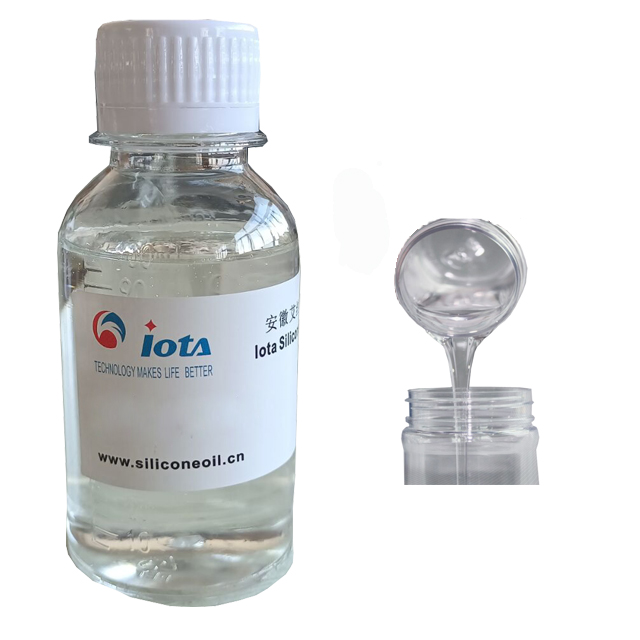Recently, the
silicone market has shown a rising trend. The current upward trend is driven by both production cuts and demand.
On the one hand, individual factories have adopted production reduction strategies to address the problem of market supply-demand imbalance. This has led to a tightening of the supply side and intensified the shortage of spot goods. On the other hand, the demand side has remained relatively stable or even increased. This makes midstream and downstream enterprises show some resistance when facing high priced offers, but ultimately choose to stock up.

The individual factories that have the upper hand in the supply-demand game strictly control their supply and flexibly adjust their pricing strategies based on downstream orders. They plan to further adjust prices at the appropriate time to stimulate market stocking sentiment. However, they also face certain risks: if downstream demand is not released as scheduled or production reduction plans are not successfully implemented, prices may experience a pullback.
At the same time, the raw rubber market is also showing a soaring trend. Leading rubber enterprises took the lead in raising prices and drove other rubber enterprises to raise prices one after another. This round of upward trend has effectively eased the inventory pressure of raw rubber enterprises and is expected to drive prices to continue rising in the future.
In summary, the rising trend in the
silicone market is the result of dual drivers of production reduction and demand. However, there are still volatility risks in the market, and companies need to closely monitor market dynamics and develop reasonable procurement and sales strategies to cope with potential risks.
